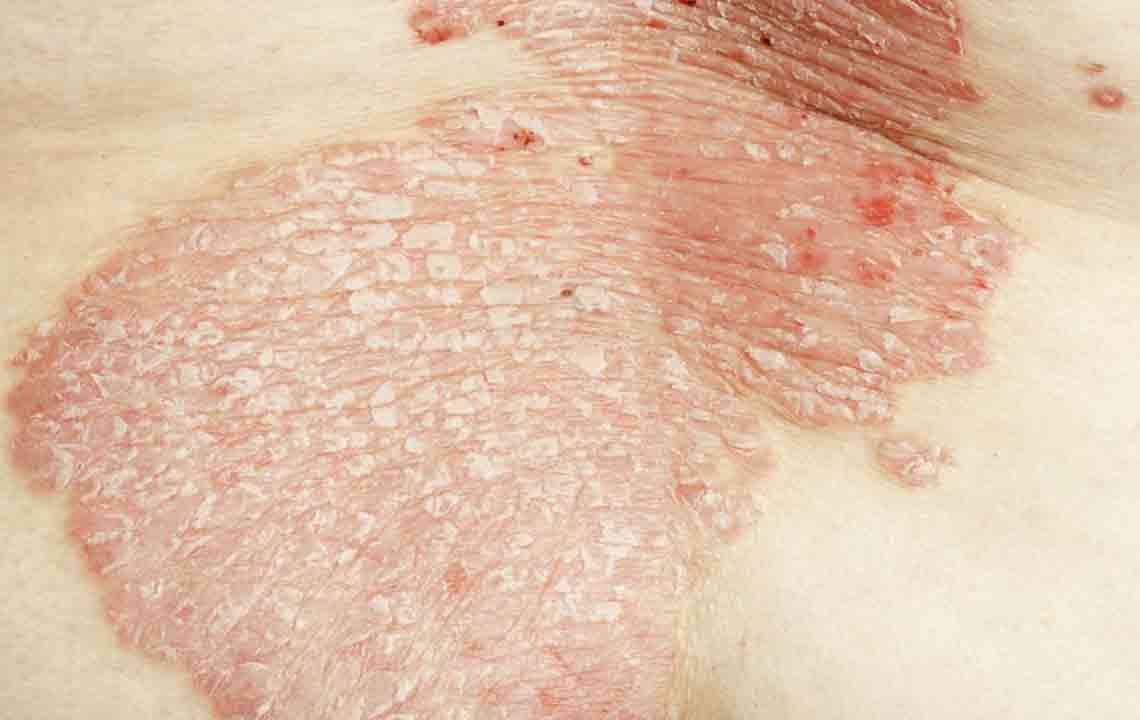7 Common Types of Eczema
When there is an inflammation of the skin due to itching and scratching, it is usually a case of eczema. There is no confirmed cause of eczema, but it can trigger because of reasons associated with genetics or sensitivity to harsh substances. It is not contagious, that means you cannot catch it from someone. Although it is a prevalent skin condition. Eczema is not a life-threatening condition, but it can cause a lot of discomfort to the person dealing with this skin disease.

Eczema is also known as dermatitis, and it further has eight types. The different types of eczema include similar symptoms such as itchiness, redness, and dryness. But only in some types, there are additional symptoms like blisters or peeling of the skin. These other signs may help you identify what kind of dermatitis you are dealing with. You can search for eczema photos, signs and symptoms online to get a better idea of the condition. However, to be one hundred percent sure, you are advised to visit a doctor for a proper physical examination.
The following are some common types of eczema.
- Atopic dermatitis
This is also known as atopic eczema, and causes inflammation and itchiness and even cracked skin. There could be some secretion of clear fluid from the affected areas that often thickens over time. This condition occurs on the back of the knees or insides of the elbows. Many people who get atopic dermatitis frequently suffer from other health conditions like asthma or hay fever. To treat atopic dermatitis, doctors suggest avoiding things that may trigger the disease further causing it to become a chronic condition. - Contact dermatitis
This condition is caused by coming in contact with any substance that irritates the skin resulting in contact dermatitis or contact eczema. This can occur on the hand, face, and legs. There are further two types of dermatitis known as irritant contact dermatitis and allergic contact dermatitis. The causes of irritant contact dermatitis are solvents, rubbing alcohol, bleach, and detergents, certain shampoos, airborne substances, plants such as poison ivy, fertilizers, and pesticides. Causes of allergic contact dermatitis are nickel that is used in jewelry, medication, personal care products, and sun reactive products. With proper treatment, this types of eczema can go way in two to three weeks. - Dyshidrotic eczema
This eczema condition causes small itchy blisters either on the edge of fingers, toes, palms or soles of the feet. Like contact dermatitis, allergic reaction to nickel that is used in most jewelry can cause dyshidrotic eczema. To treat dyshidrotic eczema, there are few things you can do, for example, avoid anything that triggers the disease. Remember to moisturize every day, you can find many creams that are meant to be used on the irritated skin. Additionally, wear soft, loose clothing, preferably cotton, take warm water baths, and don’t rub towel while wiping your body. - Hand eczema
Hand eczema is one of the most common types of eczema conditions. Like any other eczema, internal and external factors, both can cause this disease. If you have to do some chores that involve detergents and water, use gloves to protect the skin of your hands from getting irritated. Being constantly in touch with such chemicals can further aggravate the condition. - Neurodermatitis/lichen simplex chronicus
This is similar to atopic dermatitis. There are thick scaly patches on the neck, scalp, shoulder, feet, on ankles, wrists and on back of the hands. It also causes the skin to discolor. Ways to treat neurodermatitis is similar to other eczemas. Covering the affected areas will stop the condition from getting worse while simultaneously treating it with creams and moisturizers will keep it hydrated. - Seborrheic dermatitis
This is known as the chronic form of eczema usually caused by a microorganism known as yeast that lives on the skin. However, this is not the cause but does contribute to this kind of eczema. The symptoms include redness, greasy and swollen skin with white and yellowish crusty flakes. Since it is a chronic form of eczema, doctor’s consultation is advised before any treatment is initiated. - Stasis dermatitis
Also known as venous dermatitis as it occurs in places where the blood flows in the veins, and that develops pressure. This often happens in the lower part of the legs. There is oozing in severe cases. There is also a possibility of an infection and ulcer in cracking areas that are affected by stasis dermatitis.
When you are suffering from eczema, it is crucial to consult a doctor. In cases where you can’t access a good dermatologist, you can look up for eczema photos and treatment options online to alleviate the symptoms temporarily.

